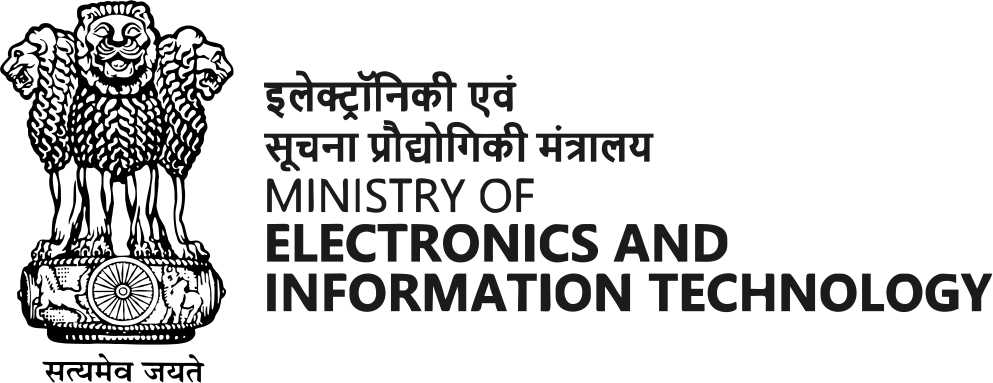Measures taken to overcome the Threats 2
In addition to the measures listed, there are a number of other things that you can do to protect yourself from malware. These include:
- Using strong passwords: Use strong passwords for your email accounts, social media accounts, and other online accounts. Strong passwords should be at least 12 characters long and should include a mix of upper and lowercase letters, numbers, and symbols.
- Being careful about what information you share online: Do not share your personal information, such as your Social Security number or credit card number, online unless you are sure that the website is secure.
- Using a secure web browser: A secure web browser can help to protect you from malware that is downloaded from websites.
- Being aware of the latest phishing scams: Phishing scams are emails or websites that are designed to trick you into giving out your personal information. Be careful about clicking on links in emails or providing your personal information to websites that you do not trust.
By following these measures, you can help to protect yourself from malware and the threats it poses.



